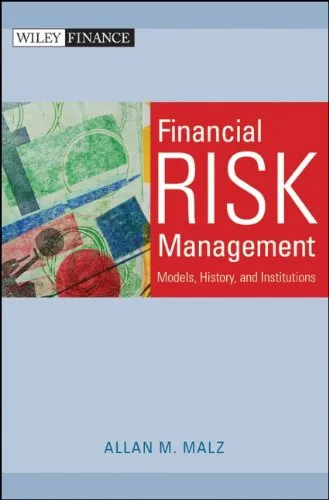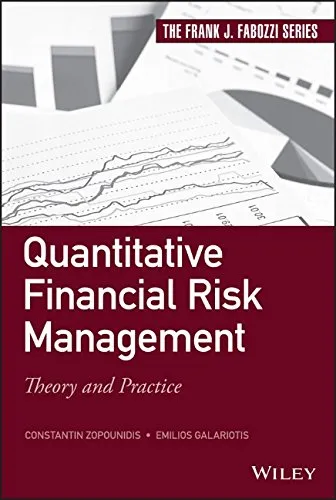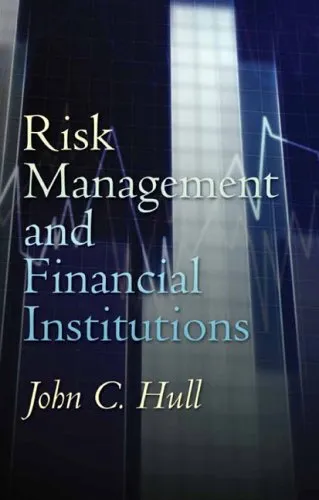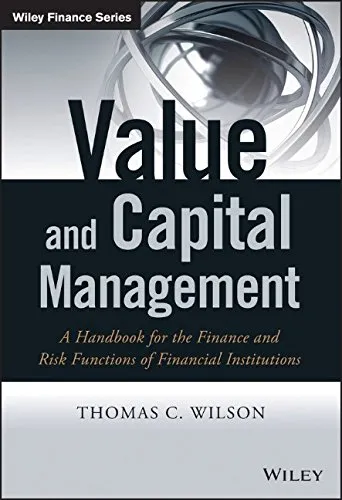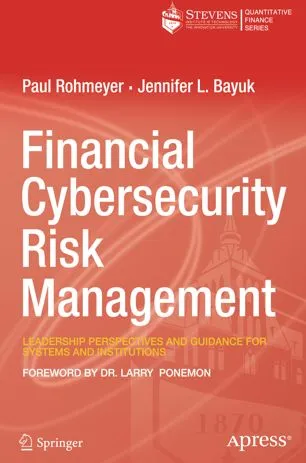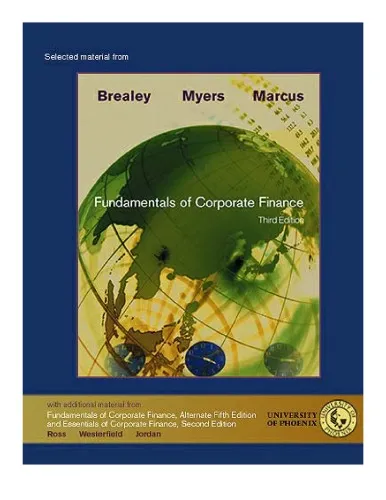Financial Risk Management: Models, History, and Institutions
4.0
Reviews from our users

You Can Ask your questions from this book's AI after Login
Each download or ask from book AI costs 2 points. To earn more free points, please visit the Points Guide Page and complete some valuable actions.Related Refrences:
Introduction to 'Financial Risk Management: Models, History, and Institutions'
Welcome to an insightful journey into the intricate world of financial risk management. This book, written by Allan M. Malz, provides a comprehensive exploration of the models, historical contexts, and institutional frameworks that underpin risk management in finance. Whether you are a seasoned professional, a finance student, or someone with a keen interest in understanding financial market complexities, this book serves as a definitive guide to navigate the multifaceted nature of financial risk.
Detailed Summary of the Book
The book 'Financial Risk Management: Models, History, and Institutions' delves deep into the interplay of various elements that constitute risk management. It begins by addressing the foundational aspects of financial risk management, instilling an understanding of the critical types of risks entities face—market risk, credit risk, operational risk, and liquidity risk. It guides readers through the evolution of risk management practices by providing historical context, starting from the significant financial crises that have shaped the financial landscape over decades.
Allan M. Malz emphasizes quantitative modeling approaches, introducing essential tools and methodologies that underpin financial risk assessment, such as Value at Risk (VaR), stress testing, and scenario analysis. Each framework and model is meticulously explained, bridging theory with real-world application. The book also explores the institutional aspects, detailing the roles of regulatory bodies, financial institutions, and market makers in managing systemic risk.
Key Takeaways
- The various forms and sources of risk inherent in financial markets and how they can be quantified and managed.
- A historical perspective on financial crises and how they have led to changes in regulatory and risk management practices.
- A deep dive into advanced quantitative models that are fundamental in measuring and mitigating financial risk.
- An analysis of the roles and responsibilities of different financial institutions and regulatory bodies in the context of risk management.
- An integrated approach that combines historical insights, model-based strategies, and an understanding of financial institutions for effective risk management.
Famous Quotes from the Book
“Understanding the history of financial crises is crucial to preventing them in the future. History may not repeat itself, but it often rhymes.”
“Quantitative risk models are indispensable, but they must be used with an understanding of their limitations and assumptions.”
Why This Book Matters
In today's volatile financial environment, the ability to foresee, understand, and mitigate financial risks is immensely valuable. As financial markets become increasingly complex and globalized, so does the spectrum of risks. This book is significant because it doesn't merely focus on theory; it provides actionable insights that professionals can implement in real-world scenarios. The integration of historical analyses, institutional frameworks, and advanced modeling techniques offers a holistic approach to financial risk management, making it an essential resource for anyone looking to gain a profound understanding of the subject.
Allan M. Malz has distilled years of industry knowledge and academic expertise into this comprehensive volume, making it not only a learning tool but also a reference work that practitioners and scholars will turn to repeatedly. As you embark on reading this book, you will be equipped with the knowledge to make informed decisions and contribute effectively to the stability and success of financial institutions and markets.
Free Direct Download
You Can Download this book after Login
Accessing books through legal platforms and public libraries not only supports the rights of authors and publishers but also contributes to the sustainability of reading culture. Before downloading, please take a moment to consider these options.
Find this book on other platforms:
WorldCat helps you find books in libraries worldwide.
See ratings, reviews, and discussions on Goodreads.
Find and buy rare or used books on AbeBooks.
1317
بازدید4.0
امتیاز0
نظر98%
رضایتReviews:
4.0
Based on 0 users review
Questions & Answers
Ask questions about this book or help others by answering
No questions yet. Be the first to ask!
